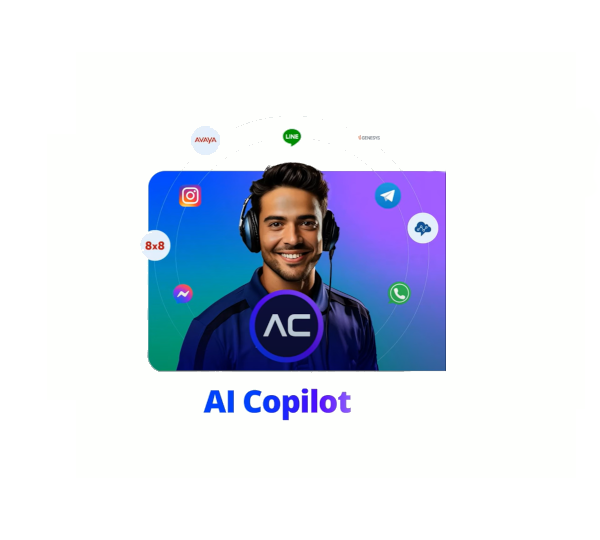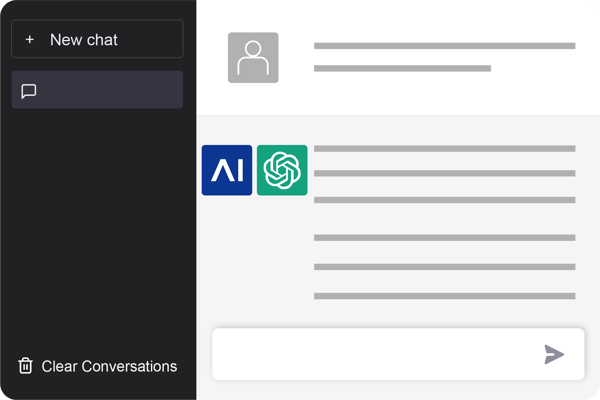Conversational Artificial Intelligence (CAI), or perhaps more clearly put conversational service automation can play a major role in delivering a better level of service and ending, or at least dramatically reducing channel hopping. Let’s look at what service level is, the variables affecting it, and the magic CAI can deliver.
Understanding service level
Businesses have no shortage of metrics and call centers are no exception. We could look at Average Speed of Answer (ASA), percent of inquiries answered, percent abandoned and other fancy-sounding numbers. However, service level is the best indicator of what customers actually experience whereas others, as the name ASA for example shows, present an average of many values meaning it may be mathematically accurate, but hardly represents reality.
Service level typically means “X% of incoming contacts are answered by an agent within Y seconds” such as 90% of all contacts are answered within 30 seconds. We’re not talking about how quickly a call/chat is answered, what percentage of all incoming contacts are answered (compared to abandoned, i.e., the customer gives up and quits), or even what the longest hold time was.
Of course, this definition can vary from organization to organization and when considering self-service today, some may opt to slightly modify the definition to mean answered by either a human agent or virtual agent, particularly modern transactional ones that can solve issues versus just gathering information and routing calls.
Service level...
|
 |
Generally, there are two types of customer contacts: those that must be handled now, and those that can be dealt with later. An incoming call, live chat or WhatsApp message would need to be handled immediately whereas an email, callback request or God forbid actual snail mail, can be actioned later.
Service level is the best metric when it comes to issues that should be handled as they arrive. And here’s where conversational AI comes in.
How to defeat the evils of channel hopping
Channel hopping occurs when a customer cannot get the service they need within an acceptable time period for them. It may be long wait times, a torturous IVR, or no response to messages sent via Facebook or WhatsApp. The customer may hang up the phone and then fire off an email, go to live chat, or try social media. They may even call back and try a different series of options in the IVR or as I often do, immediately start mashing the zero button the second the call connects. All of this is channel hopping and nobody does it for fun, but rather out of frustration and perhaps impatience.
While customers often have high hopes for service, they tend to still have low expectations given how miserably most companies perform. People hop channels or even use two in parallel because they don’t want to wait. And yet, there’s clearly a middle ground between waiting with absolutely nothing to do and talking to an agent.
On any given day, you’ll have calls or inquiries that:
1. Require a human agent no matter what
2. Can be partially handled by self-service (e.g. initial information gathering, verification, routing, etc.)
3. Can be wholly resolved via self-service
Conversational AI is a technology that you can experience in a variety of forms, it’s essentially a meta-level method of creating flows, processes, and automation that can then be reused across multiple channels whether that be a bot, messenger app, voicebot, or conversational IVR.
The biggest advantage of CAI for tackling channel hopping is that you can create a single process (such as checking on an order, returning something, changing a flight) and connect it to all the relevant backend systems. So, it ultimately won’t matter which channel someone chooses, they’ll get immediate and consistent service in all of them.
That’s not to say a bot will magically handle all of your calls or chats. However, you could deploy conversational IVR to do initial qualification and then routing while setting expectations in advance. For example, “Hi, I’m Initech’s virtual agent. I’m going to ask you three quick questions and will then transfer you to the right human agent for that.”
You see, here we’ve offloaded the repetitive work of information gathering to the bot, were able to immediately answer the call or chat, and set clear expectations of the next steps, how long it will take and what the result will be.
This is just one of the many contact center challenges Conversational AI can help with. Stay tuned for more in the future!

.png?width=60&height=60&name=AI%20Copilot%20logo%20(mega%20menu).png)




.png?width=600&height=600&name=Knowledge%20AI%20Feature%20image%20(2).png)










.png)



